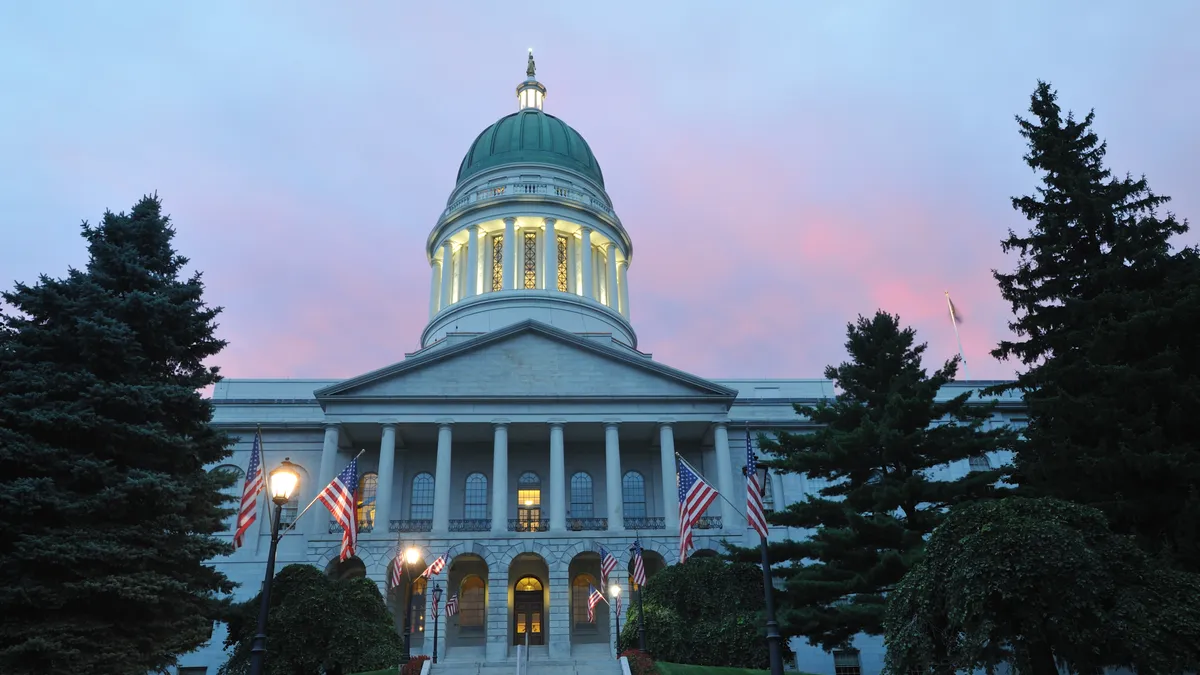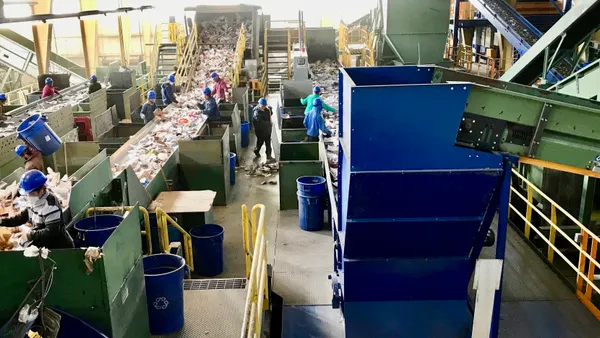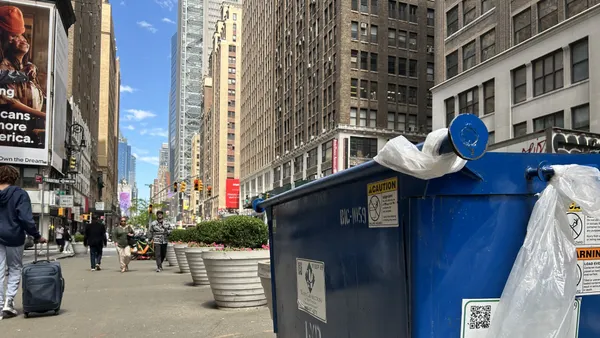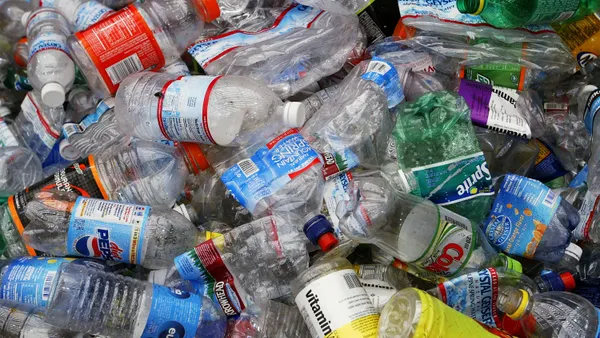Dive Brief:
- Maine Gov. Janet Mills signed LD 1423, legislation updating the state’s packaging EPR law passed in 2021.
- Known as “An Act to Improve Recycling by Updating the Stewardship Program for Packaging,” it clarifies definitions for producers and producer exemptions, postconsumer recycled material, toxicity and more.
- Industry groups such as the Flexible Packaging Association, Ameripen, Circular Action Alliance and the Maine Beverage Association recently heralded the bill as bringing more consistency with other U.S. packaging EPR laws.
Dive Insight:
Maine was a trailblazer in U.S. packaging EPR when it adopted the nation’s first such law in 2021. But being the first mover, its law is structured differently than later states — such as Minnesota, Washington and Maryland — that have coalesced around a phased-in “shared responsibility” model supported by packaging and brand groups.
Some environmental advocates opposed changes to Maine’s 2021 law.
In April testimony, the Natural Resources Council of Maine, which was instrumental in passing the original law, called LD 1423 “an industry-backed attempt to weaken a strong law before it even has a chance to deliver the benefits it was designed to provide.”
The National Stewardship Action Council had a similar stance, calling the legislation “a case study in corporate overreach: the same producers who’ve opposed EPR from the start now want to rewrite the rules at the last hour and shift costs back onto taxpayers.”
But the American Forest & Paper Association on Monday said the law “makes much needed improvements to the state’s EPR policy.”
“We appreciate policymakers’ measured approach while crafting this legislation,” said AF&PA Vice President of Industry Affairs Terry Webber in a statement. “By working together, we can achieve our shared goal of improving recycling for materials with low recycling rates without disrupting the effective systems that are already in place for highly recycled materials, like paper and paper packaging products.”
This development follows Maine’s Department of Environmental Protection finalizing rules for the program in December. Despite adopting its law in 2021, Maine’s runway to ramp-up is longer than in some other states. According to DEP’s posted timeline, the state plans to contract with a stewardship organization in April 2026, with producers required to register and report 2025 data next May. Producers would be invoiced next July. Participating municipalities are slated to receive their first reimbursement come October 2027.
LD 1423 states that the selected stewardship organization can make recommendations to the department to modify the producer payments schedule “to better incentivize the use by producers of readily recyclable packaging materials.” The department could initiate rulemaking to implement any modifications to that schedule.
Some waste service providers and municipalities spoke out against the legislation, fearing a weaker, delayed EPR program. Ecomaine, which operates the state’s largest MRF, and Aroostok Waste Solutions both opposed the bill. Additionally, Portland, the largest city in Maine, had also testified in opposition, saying that these changes could delay payments to municipalities.













